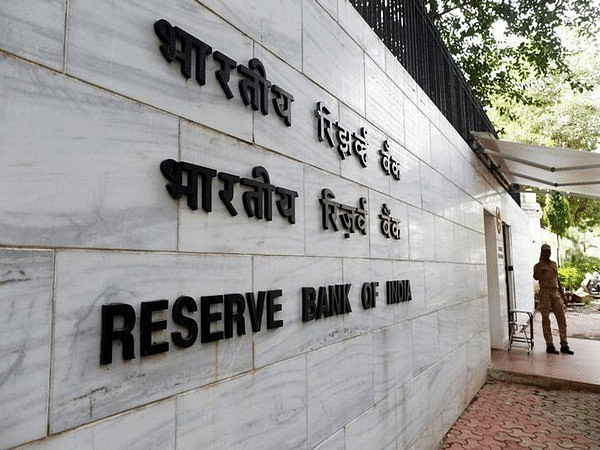New Delhi: The Reserve Bank of India (RBI) has issued a new set of rules on wilful defaulters, setting out norms on their identification and the penal provisions associated with them.
According to the central bank, the master direction issued Tuesday “plays a crucial role in maintaining the integrity of the financial system by outlining the measures and consequences for those borrowers who deliberately default on their financial obligations”.
ThePrint examines the new rules and explains the significant provisions.
What constitutes a wilful default?
A wilful default by a borrower would be deemed to have occurred if the borrower meets any one of several criteria laid out in the latest rules. These include if the borrower can honour the obligations but does not, or has diverted or siphoned off the funds borrowed from the creditors for purposes other than for what they were borrowed for.
In addition, a wilful default would have happened if the defaulting borrower disposed of assets — either movable or immovable — that were used to underwrite the loan without the approval of the lender.
Further, a default will be considered wilful if the defaulting borrower or promoter fails to infuse equity despite having the ability to do so, even though the lender had provided loans or concessions to the borrower based on the commitment of equity infusion.
Is this applicable only to promoters?
No. The rules say that a wilful default can be carried out by the guarantor of a loan as well. A default can also be considered wilful if a guarantor does not honour the loan guarantee when it is invoked by the lender, despite having the means to pay the dues.
Similarly, the other provisions applicable to the promoters or the borrowers — on the sale of assets and infusion of equity — will also apply to guarantors.
Can any defaulting borrower be classified as a wilful defaulter?
No. As per the latest rules, a wilful defaulter satisfies any of the conditions above, but only where the outstanding loan amount is Rs 25 lakh or more, or an amount notified by the RBI from time to time. Therefore, small borrowers cannot be classified as wilful defaulters.
If a company carries out a wilful default, its promoters and directors will be considered the wilful defaulters. If the entity is not a company, then the people in charge of the management of that entity will be the wilful defaulters.
How are wilful defaulters identified?
First, evidence of any willful default will be examined by an Identification Committee (IC), constituted by the lender. Once the IC is satisfied that a wilful default has occurred, it will issue a show-cause notice to the borrowers, guarantors, promoters, directors, or people in charge of the defaulting entity.
They must reply to the show-cause notice within 21 days with all material and information contained in the notice.
If the IC is still of the opinion that the default is wilful, it will make an application to a Review Committee (RC) to classify the defaulter as wilful. At this time, the promoter or any other person in charge of the defaulting entity will be informed of the intention to classify them as a wilful defaulter.
The defaulter will have a chance to respond in writing within 15 days, and will also be given an opportunity for an in-person meeting. Notably, the rules say that since the deliberations of the RC are in-house proceedings, the defaulter will not have the right to a lawyer.
Following this, the RC will pass an order that will be communicated to the defaulter.
What happens to a wilful defaulter?
“Based on the facts and circumstances of each case, lenders can examine whether initiation of criminal proceedings against wilful defaulters under the provisions of the applicable law, is warranted,” according to the RBI rules.
Once these criminal proceedings have begun, they will continue even if the defaulter’s name is removed from the list of wilful defaulters (LWD).
“The lender shall put in place a transparent mechanism for the entire process of identification of wilful defaulters so that the penal provisions are applied fairly and the scope for discretion is obviated,” the rules added.
Further, the lenders will have to come up with a board-approved policy that sets out the criteria based on which the photographs of wilful defaulters will be published.
The wilful defaulter, and any entity with which a wilful defaulter is associated, will not have access to any credit or loan facility from any lender. This ban on additional credit will remain in force for one year after the name of the defaulter is removed from the list of wilful defaulters.
In addition, no additional credit will be provided to the wilful defaulter or entities associated with them to float a new venture for five years after their name is removed from the list.
The wilful defaulter will also not be allowed to restructure their dues.
(Edited by Sanya Mathur)






